I could see the horizon as a cool evening breeze hurriedly chilled my chai. Sitting on a chair outside the forest rest house, the expanse of the Blackbuck National Park with hundreds of its natural residents filled me with imaginations of what the world must have been like before modern humans took over.
The Blackbuck National Park at Velavadar, Gujarat, is one of the few protected grassland areas of India. Even then, at around 35 square kilometers, it’s fairly small. But I have always loved grasslands, and this park is extremely beautiful. “The fauna population of the park mainly includes Blackbucks, Wolves, Macqueen’s bustard, Hyenas and Lesser Floricans, with foxes, jackals and Jungle Cats as the main carnivorous species. Other species include wild pigs, hares and rodents, typical of the savannah type grasslands and thorn scrubs.
Among the avifauna family, Sandgrouse and larks are seen in fair numbers. According to Roger Clarke, the British harrier-expert, the harrier roost found at the park is one of the largest in the world.”
This is the place to watch the Lesser Florican in its mating season, which is just post monsoons. We were here in March, when most of the migratory birds had left. Its also the place you may be lucky to see a Great Indian Bustard in.
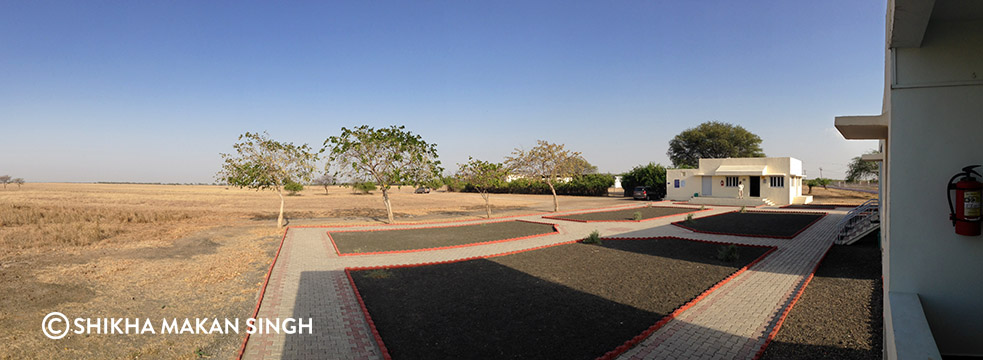


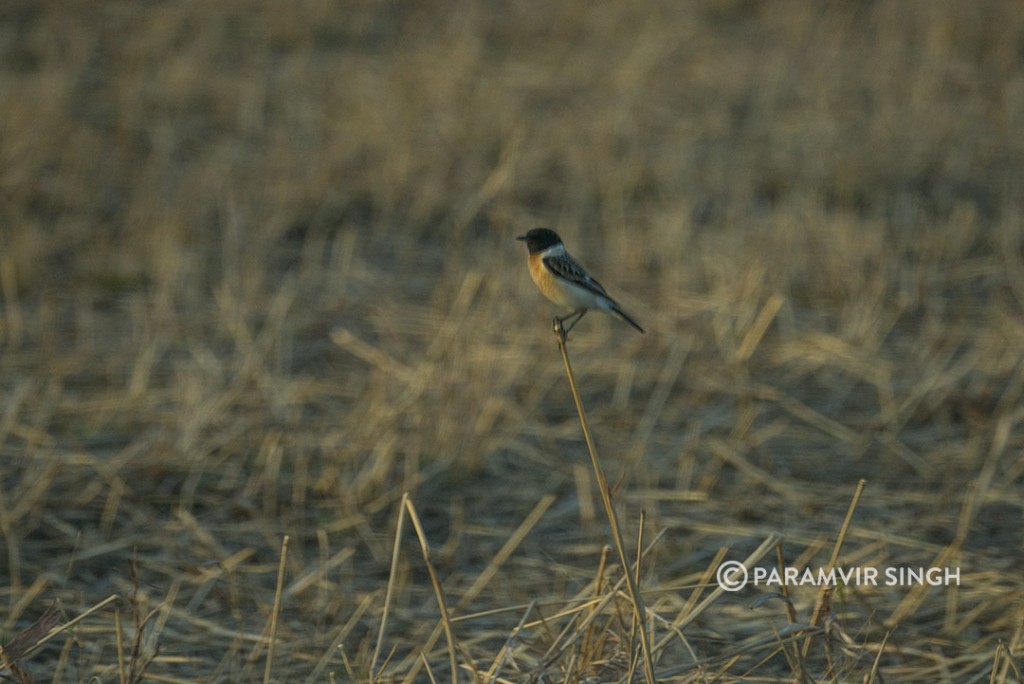

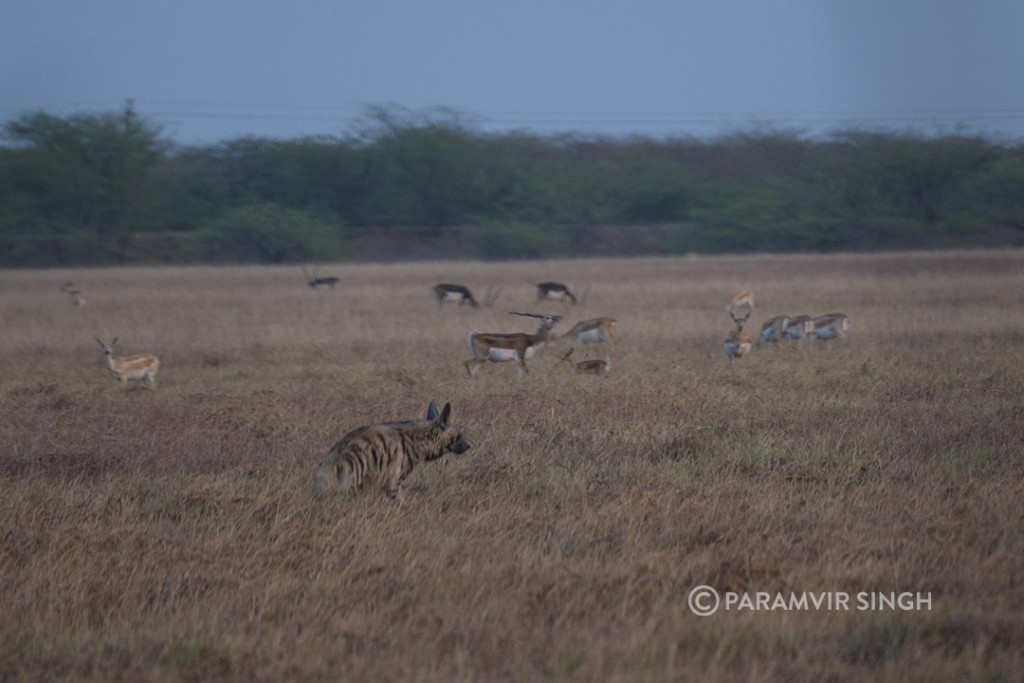
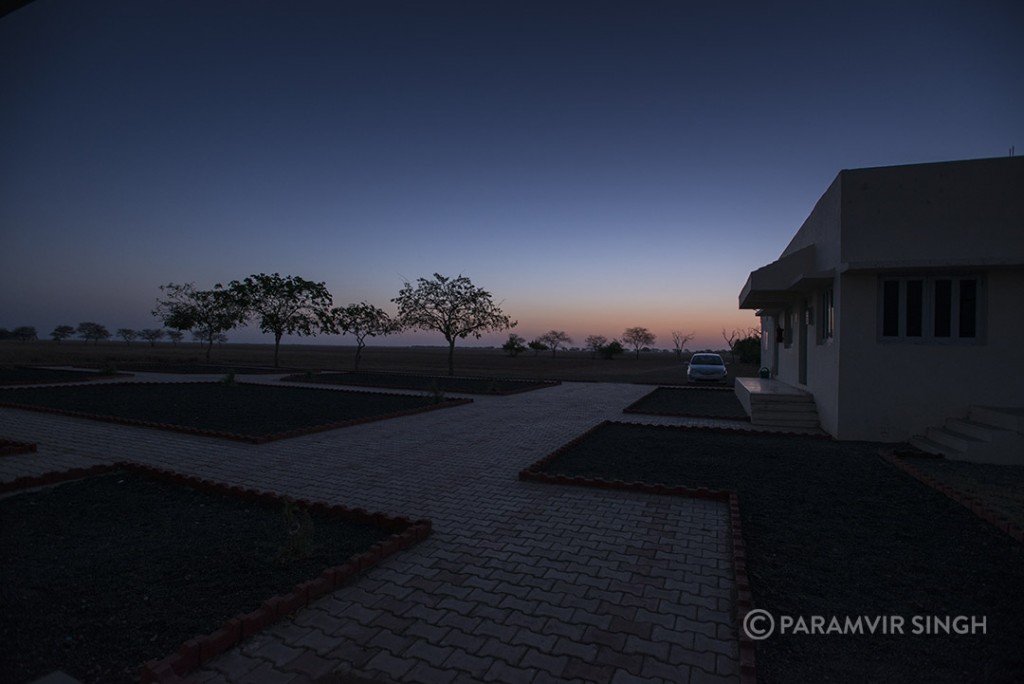
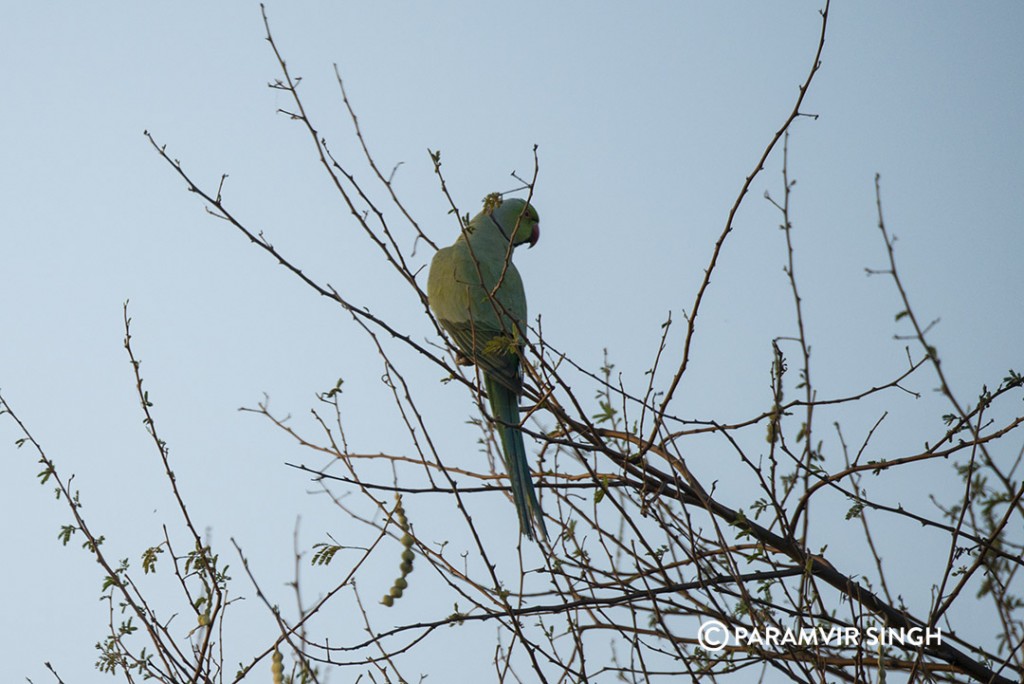

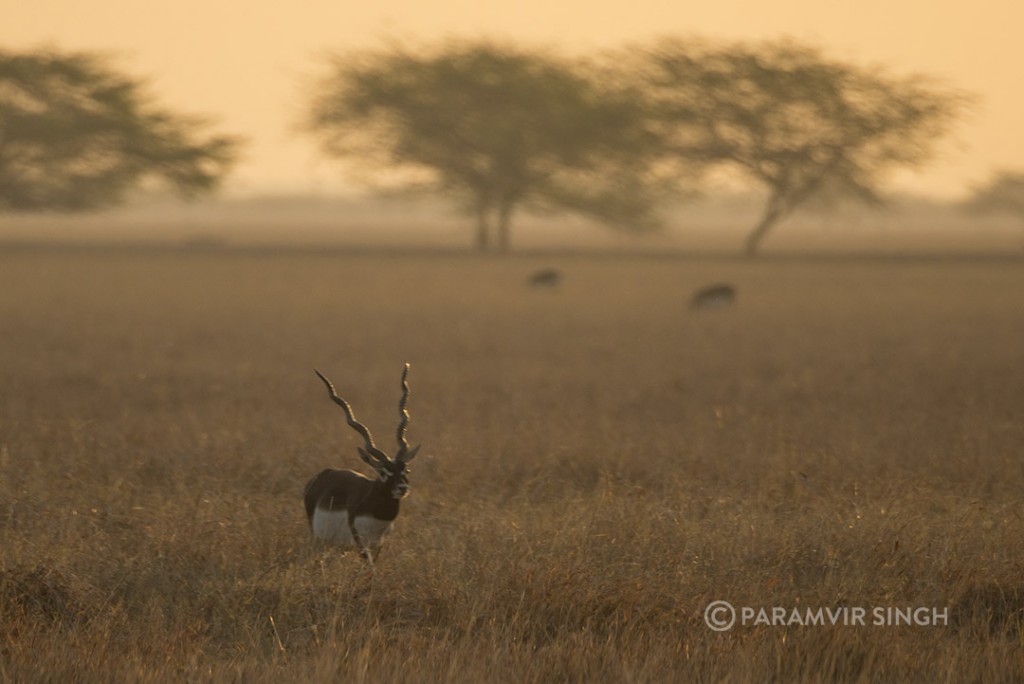




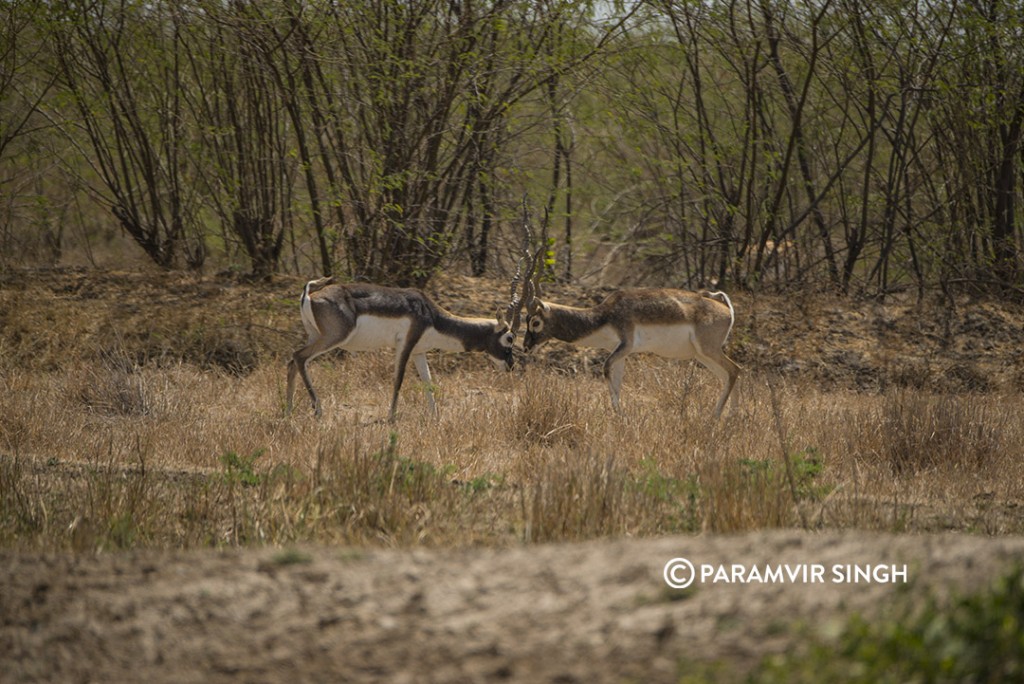

In Xinjiang, China, farmers used to use insecticide to eliminate locust, which is costly and polluting. In the 1980s, experts found that rosy starlings which fly to Xinjiang farms and feed on locusts could be used for control instead. The experts begin to build artificial nests to attract rosy starlings, an effort reported to be so successful that the number of locusts was insufficient to feed the birds, causing many juveniles die for hunger. By the 2000s many Xinjiang farms greatly decreased the usage of insecticide.
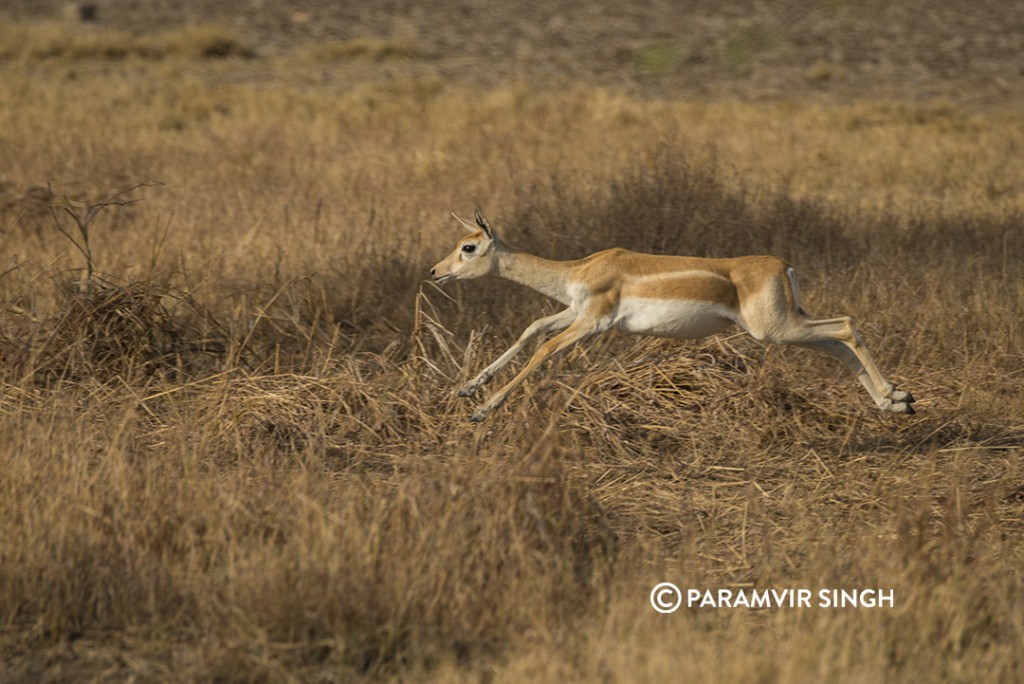
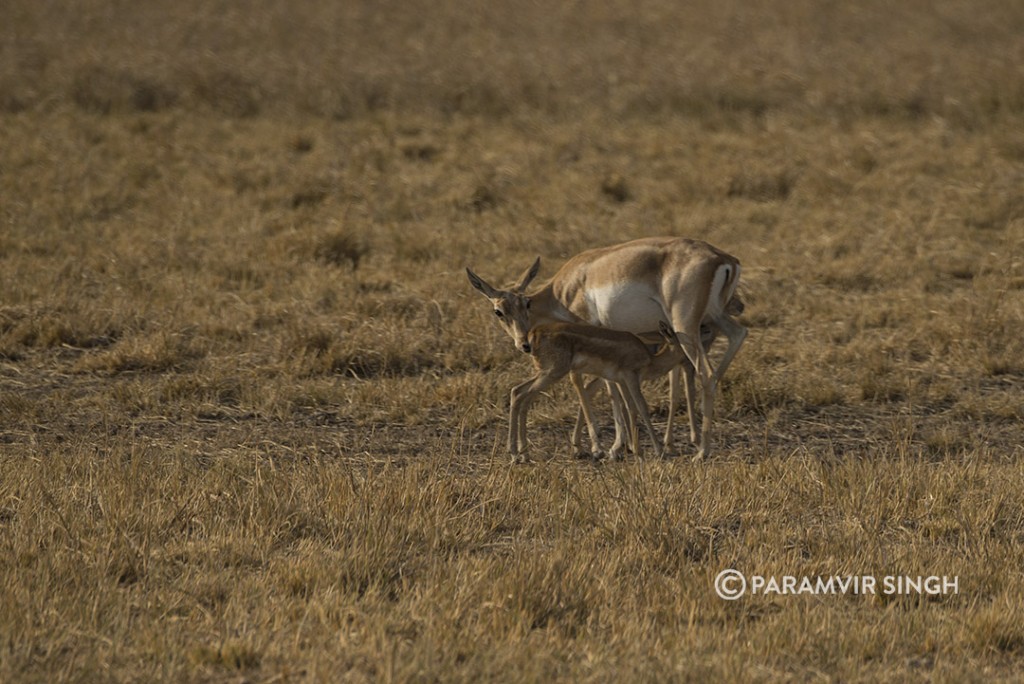

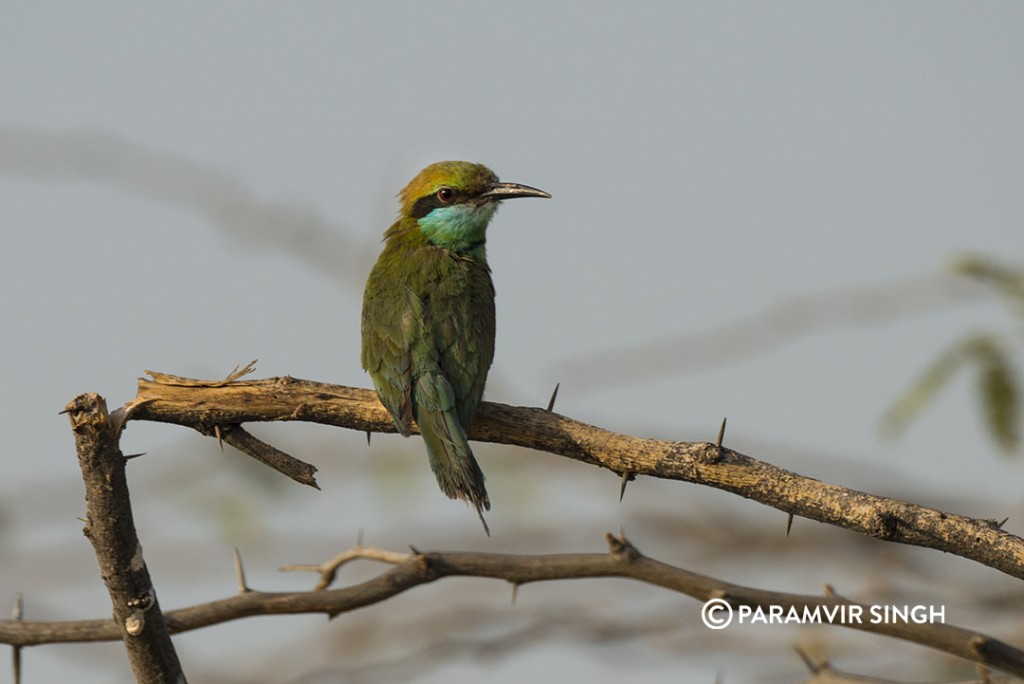
From Wikipedia: A study suggested that green bee-eaters may be capable of interpreting the behaviour of human observers. They showed an ability to predict whether a human at a particular location would be capable of spotting the nest entrance and then behaved appropriately to avoid giving away the nest location. The ability to look at a situation from another’s point of view was previously believed to be possessed only by primates


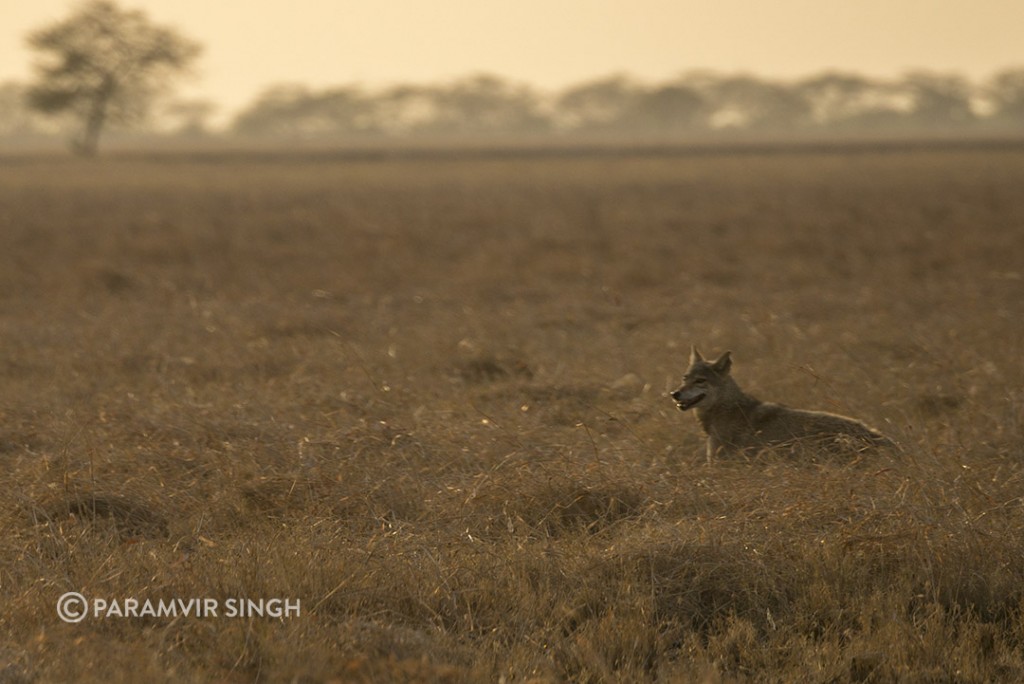
We were lucky to witness a pack of three Indian Wolves stalking the Blackbucks for over an hour. However, they wee not going in for the kill, perhaps waiting for darkness, perhaps wary of our presence. We finally left them alone.


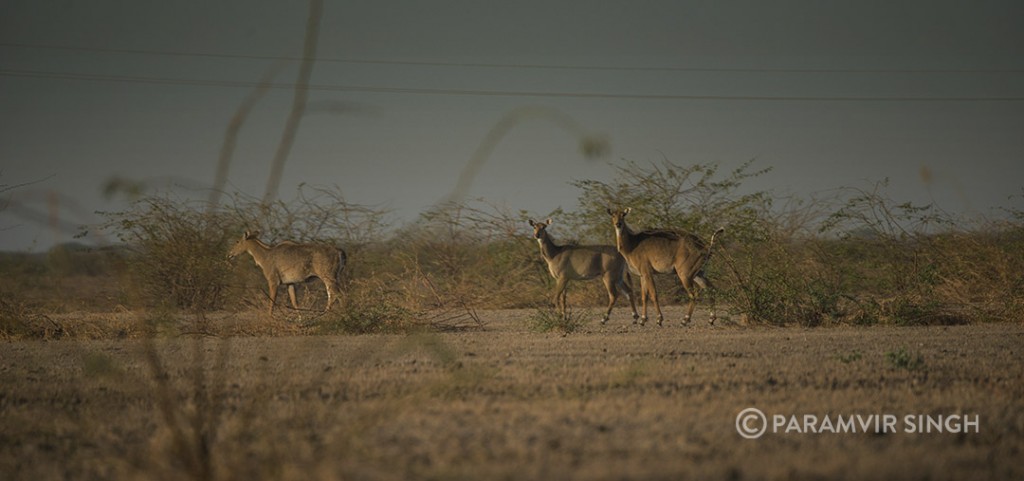

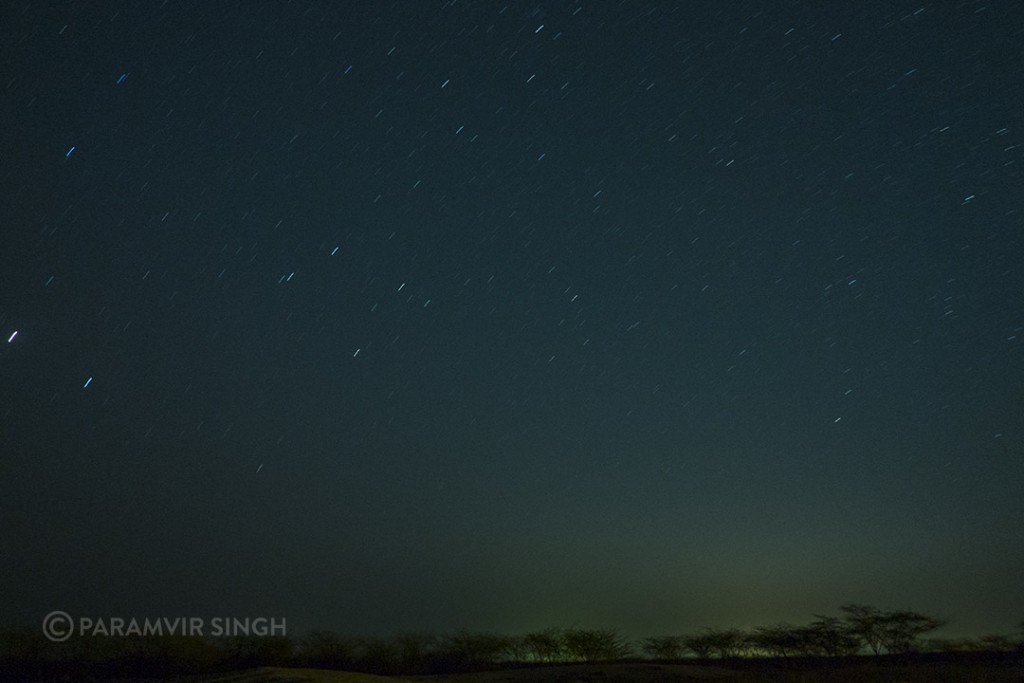



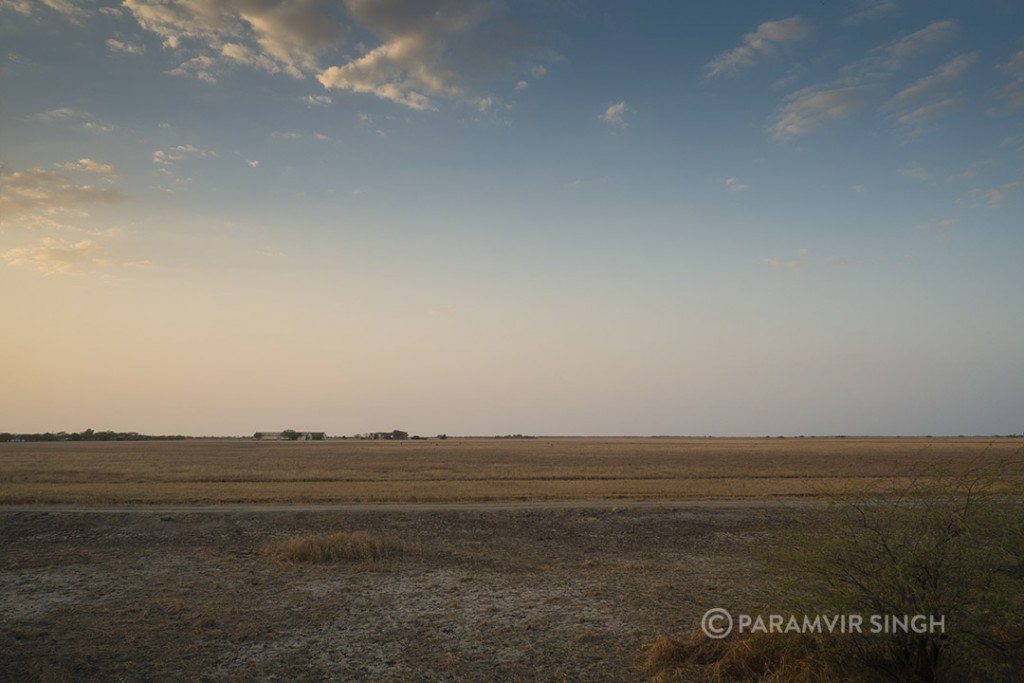


Best time to visit: After the monsoons, till about March. April onwards it becomes too hot. Then the monsoons take over.
Where to stay: There is a very affordable and clean forest department rest house called Khaliyar Bhavan, which must be booked well in advance, by sending a letter and a demand draft etc. Call +91 278 2920222 or +91 278 2426425. (My Airtel number couldn’t get through so I called from a Vodafone number. Strange.)
The second option is The Blackbuck Lodge. Its a luxury resort, but worth every thousand you spend on it.
Safaris: Unless you stay at The Blackbuck Lodge, there is no vehicle to be hired for safaris. You can drive your own car inside, but you need to take a forest department approved guide with you, and you cannot get down from the vehicle once inside the park. There are charges for car, cameras, guide etc, but all nominal. Be sure to respect wildlife rules and do not disturb any wildlife: animals, birds or plants, or even insects and reptiles.


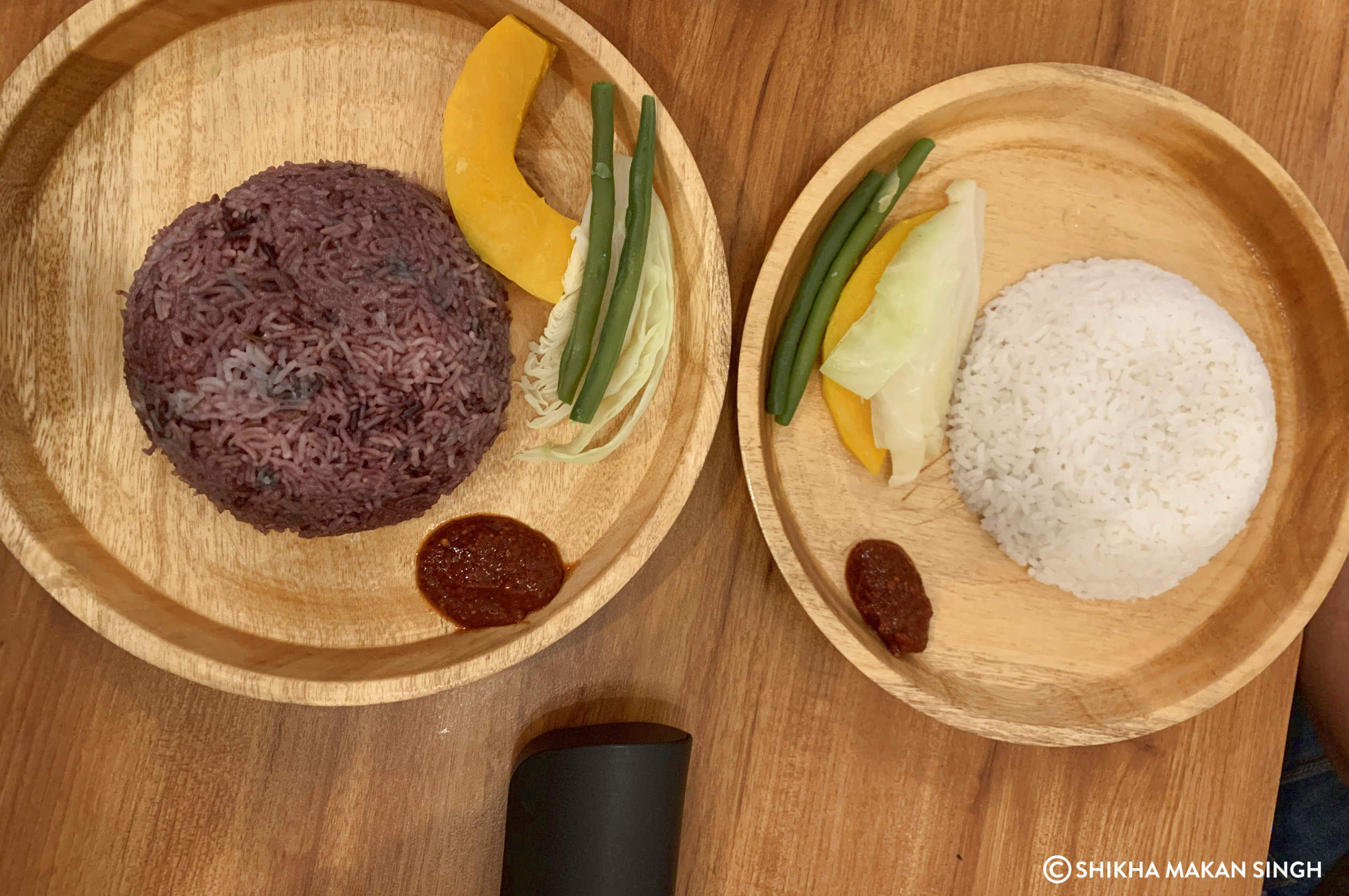


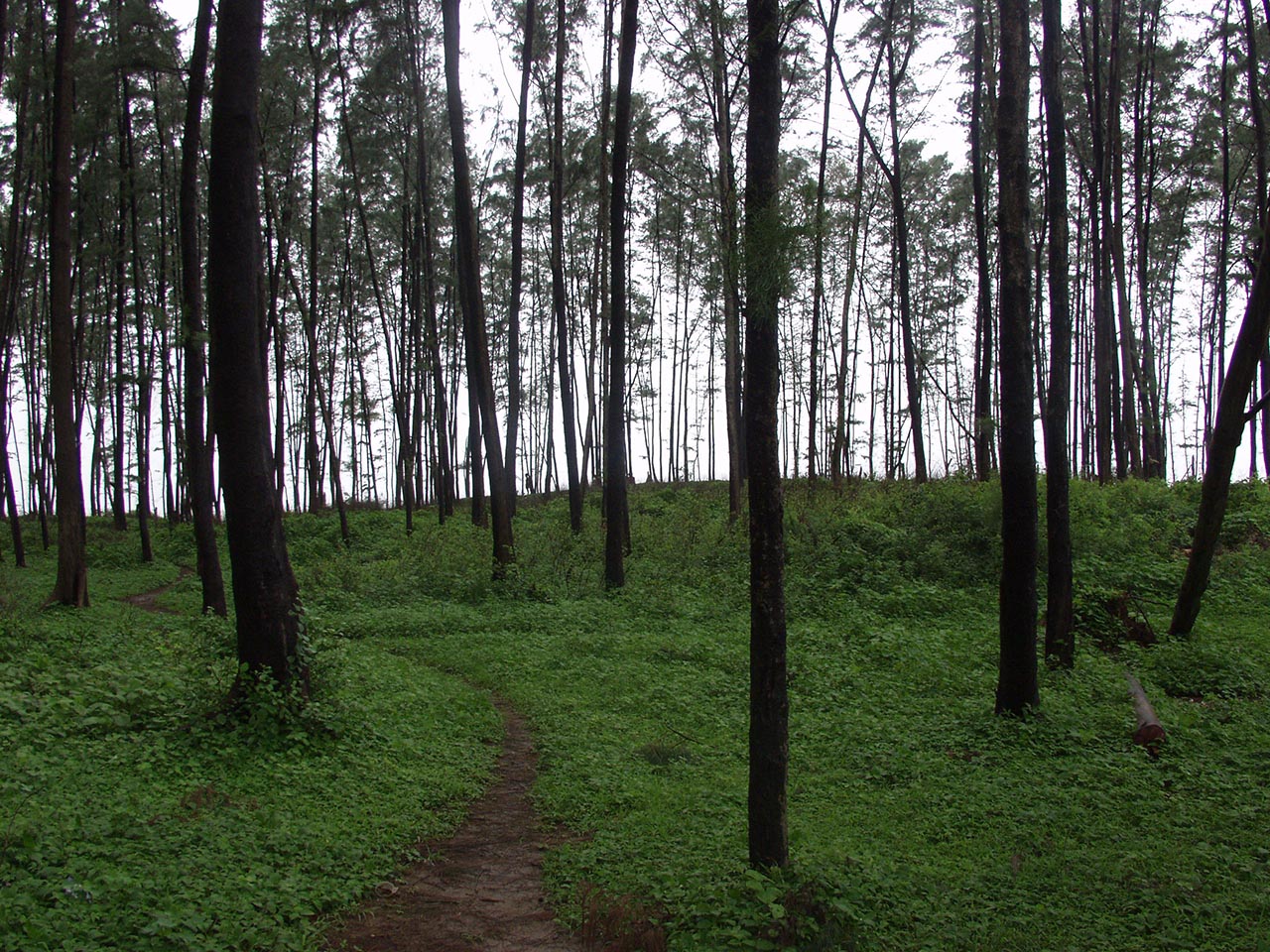


Beautiful captures of the wildlife! I hope people would understand that seeing wild animals in the nature is way more rewarding than having them in captivity.
Thanks Bama. Yes, the whole idea to celebrate the freedom the nature had given all us species.
Beautiful pics
Thanks Arun 🙂 You are kind…
Incredible captures! To see all these in real must be mind blowing!
I like the landscape. I’ll Visit once. Thanks for sharing the Info. what’s the rate of Khaliyar Bhavan for 2 nights?
What a lovely place, I had not heard of it before. Loved all the pictures!
Thanks Mridula! Velavadar is worth visiting once for sure.
WOW! I didnt even know about this place…amazing pics!
Thanks. Not many people have heard of this place…
Great shots. I am sure it would have been a wonderful experience.
NIce blog .
I really like it.
GOt lots of details.
Thanks for sharing this with us.